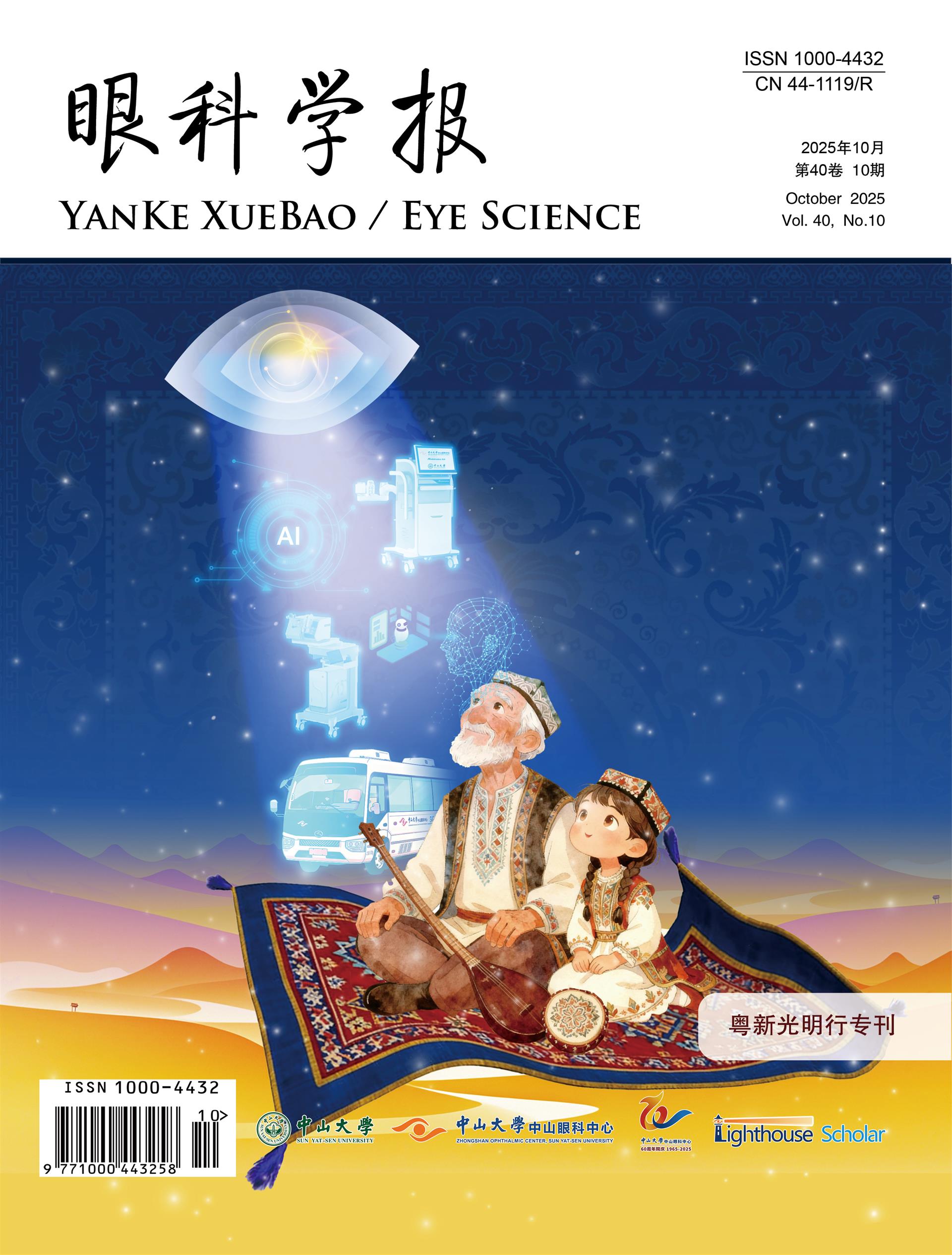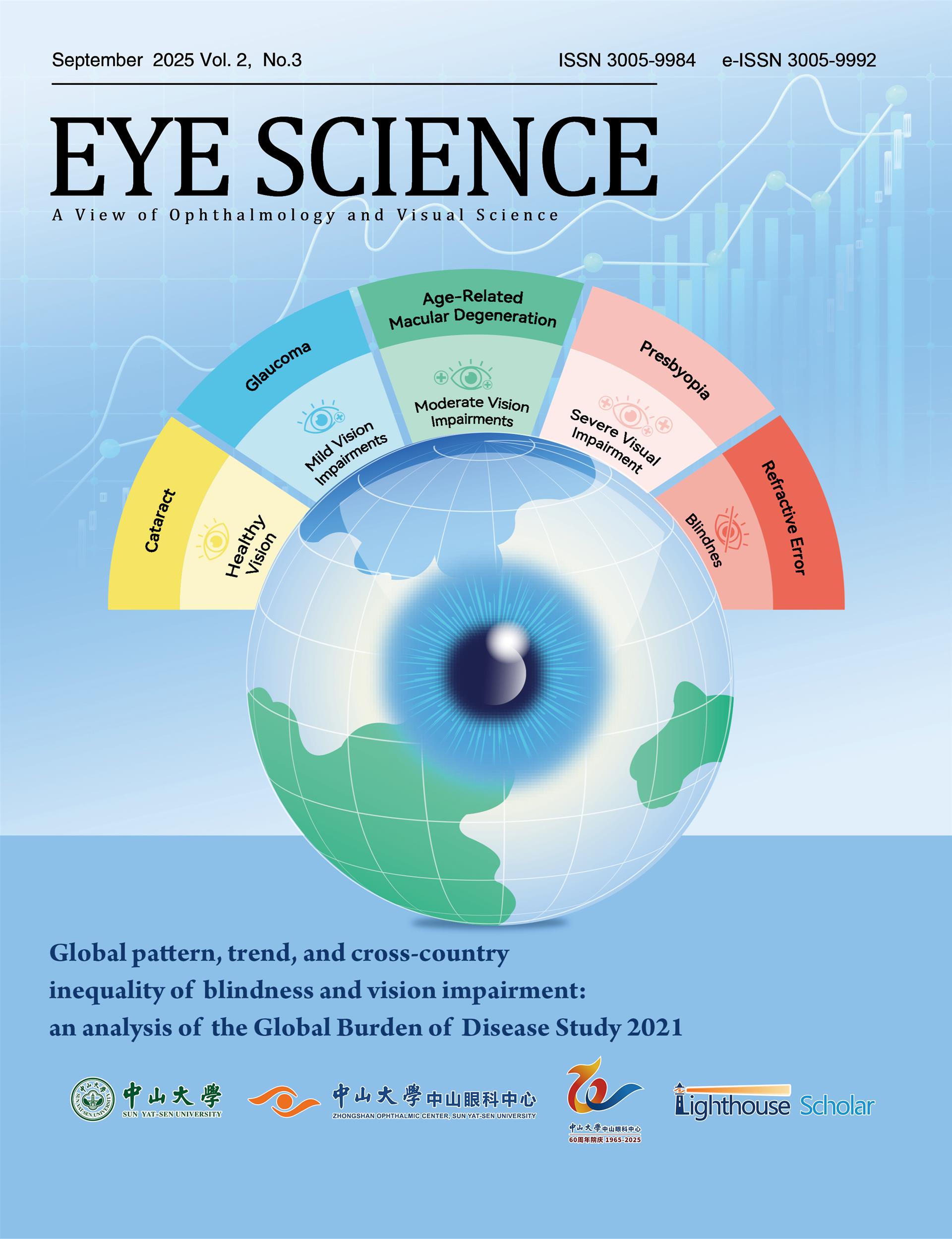Background: Diabetic retinopathy (DR) screening using artificial intelligence (AI) has evolved significantly over the past decade. This study aimed to analyze research trends, developments, and patterns in AI-based fundus image DR screening from 2014 to 2024 through bibliometric analysis.Methods: The study used CiteSpace and Microsoft Excel to analyze 1,172 publications from the Web of Science Core Collection database. The analysis included publication trends over time, citation patterns, institutional collaborations, and the emergence of keywords. Results: From 2014-2022, there was a steady increase in the number of publications, reaching a peak in 2021. India (26%), China (20.05%), and the USA (9.98%) were the major contributors to research output in this field. Among the publication venues, IEEE ACCESS stood out as the leading one, with 44 articles published. The research landscape has evolved from traditional image processing techniques to deep learning approaches. In recent years, there has been a growing emphasis on multimodal AI models. The analysis identified three distinct phases in the development of AI-based DR screening: CNN-based systems (2014-2020), Vision Transformers and innovative learning paradigms (2020-2022), and large foundation models (2022-2024). Conclusions: The field has demonstrated a mature development in traditional AI approaches and is currently in the process of transitioning toward multimodal learning technologies. Future directions suggest an increased focus on the integration of telemedicine, innovative AI algorithms, and real-world implementation of these technologies in real-world settings.

















